By John Emmert
Second Lieutenant John Bosko was flying his seventh mission on August 24, 1944. He was reasonably seasoned as far as bomber commanders went but was unaware of his target’s macabre reputation. His crew and machine from the 327th Bomb Squadron, 92nd Bomb Group, were en route to the well-defended Merseburg oil refineries in Germany’s heartland from their base in East Anglia.
His plane was a veteran of almost 60 missions and had gone through all of them relatively undamaged. Snake Hips and her crew were about to be put to the ultimate test.
As the 92nd Bomb Group made its run over the target, the flak bursts began to rattle Snake Hips until a loud explosion shook the aircraft. Smoke filled the cockpit, and fuel sloshed around in the bomb bay. Bosko was shocked to learn from the co-pilot that three bombs had just rolled off the starboard wing. There was a gaping hole in the right side of the fuselage extending from the bomb bay through the radio compartment. Also, a large section of skin had been ripped off the top of the starboard wing. The ball turret gunner had been mortally wounded.
Snake Hips was dropping out of formation and losing altitude. Control cables to the ailerons had been cut. Despite this, Bosko managed to fly his battered bomber back to England and make an emergency landing not far from the coast. With the exception of the ball turret gunner, all the crew had survived. Bosko’s machine had been ripped apart and reduced to scrap metal but had still flown home. Few Army Air Forces pilots would have been surprised, for B-17 Flying Fortresses such as Snake Hips had been flying back to their bases with multiple engines inoperable or large sections of the aircraft blown away on a regular basis after 21/2 years of combat around the world.
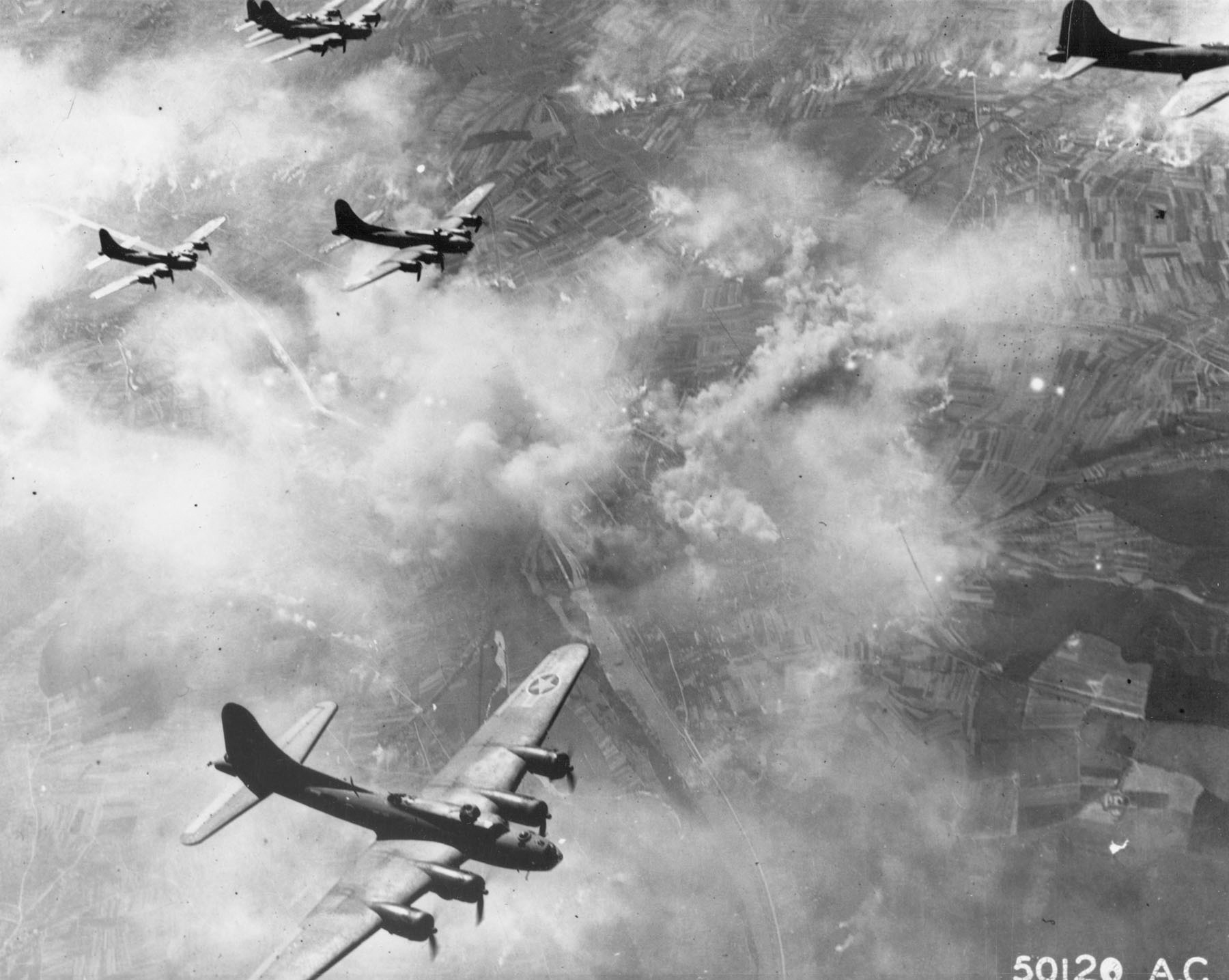
One of the most recognizable and iconic aircraft of World War II, the B-17 was neither the most modern nor the most produced aircraft of its class during the war. However, the B-17 was flown in combat from almost the beginning of the war to its end, often on long missions deep in the heart of enemy territory and into the teeth of thick enemy defenses. Brought forth in a gamble to meet a 1930s bomber competition, Seattle-based Boeing created a flying legend, an icon in the history of military aviation.
Boeing had furnished the bulk of the U.S. Navy and the U.S. Army biplane fighters for much of the 1920s and early 1930s, and in 1930 the company flew the first all-metal airliner, the twin-engined 247D monoplane.
In 1935, the Army Air Corps sent Circular 35-26 to various aircraft manufacturers outlining its requirements for a possible replacement for the Martin B-10 twin-engined bomber. The circular’s requirements left a great deal of flexibility. The maximum speed requirement was anywhere from 200 to 250 miles per hour at an altitude of 10,000 feet, with a cruising speed of 170 to 220 miles per hour at the same altitude. Endurance could be anywhere from six to 10 hours, and a maximum service altitude was loosely specified between 20,000 and 25,000 feet. The contract required multiple engines, most companies assuming that this meant two engines.
The Army Air Corps had long been converts to the doctrine of strategic bombing, the intentional targeting of an enemy’s industry to cripple its ability to wage war. Officially, the concept was adopted in 1935 as the Army Air Corps’ primary mission in the event of a war. Martin and Douglas both entered aircraft candidates in the competition, but their prototypes were more suited for tactical rather than strategic bombing.
Boeing chose to take the lead, both in terms of size and engineering, by building more than a mere twin-engined aircraft. Borrowing from engineering studies done on their jumbo bomber, the XB-15, Boeing created the model 299. The entry from Seattle boasted four Pratt and Whitney R-1690 radial engines (later upgraded to the more powerful Wright R-1280 Cyclone engine), with a wingspan of 103 feet and was just short of 68 feet long. The nose was a combined compartment for the bombardier and navigator. The pilots sat in an elevated cockpit aft of the nose compartment, with the engines abreast. The bomb bay separated the cockpit from the radio compartment, with the aft section of the fuselage being used to provide space for three gun blisters: one ventral and two side.
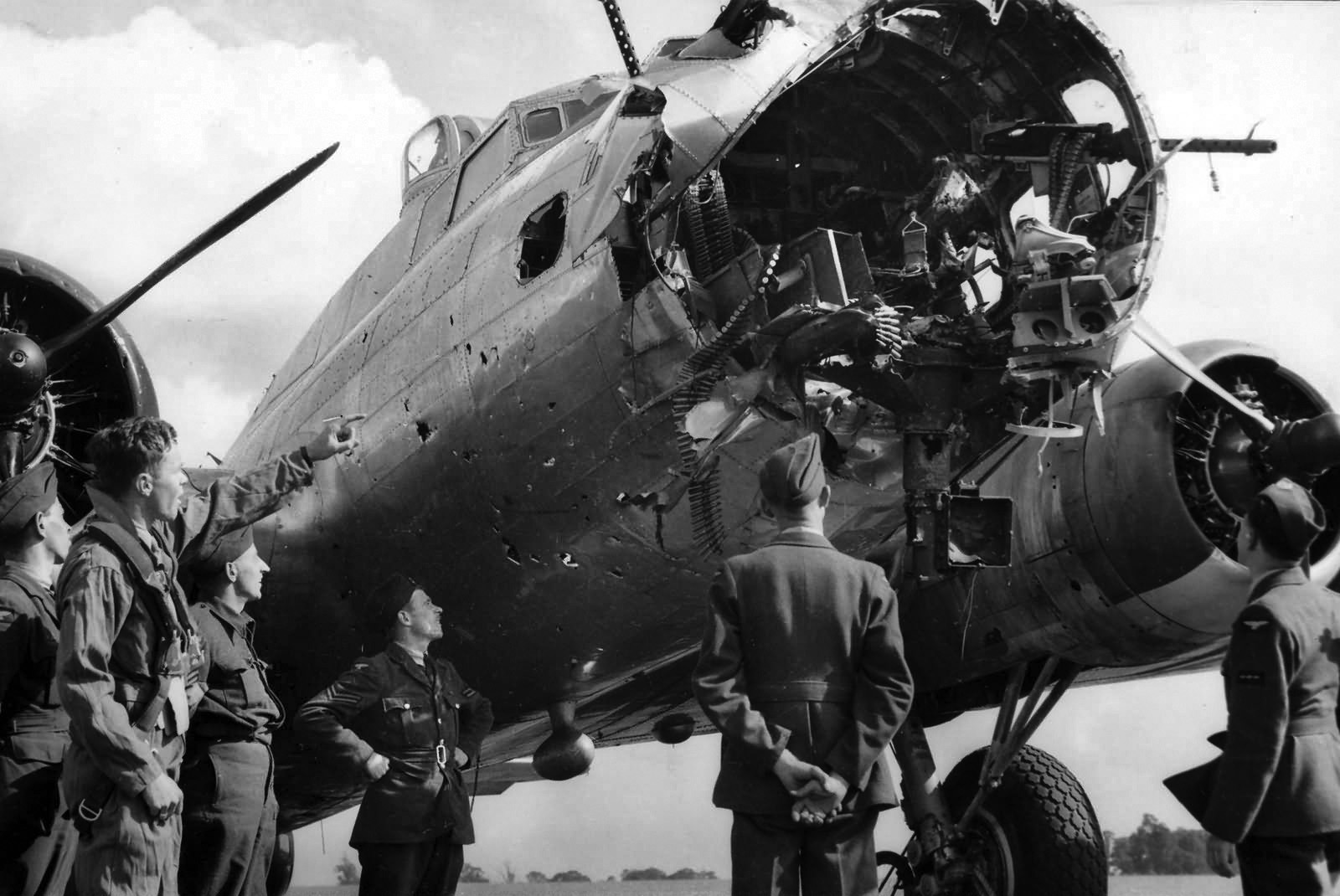
On its rollout at the Seattle plant at the end of July 1935, the 299 quickly received names from the press, such as Aerial Battle Cruiser, but the one that stuck was Flying Fortress. Its delivery flight to the Army Air Forces at Wright Field, Ohio, proved that the competition only existed on paper. During the August 20 flight, the Flying Fortress clocked an average cruising speed of 230 miles per hour. The bomber also met the endurance requirements by making the nine-hour flight nonstop.
The plane’s advanced features nearly proved its undoing. On October 30, a test crew attempted to take off with the controls still secured, resulting in a crash that claimed the lives of the two pilots. Although the accident was ruled as human error, it was the first of several technical challenges Boeing faced before it finally vanquished its primary competition, the Douglas B-18.
In September 1939, Europe was engulfed in war as Germany marched into Poland. For two years already, the Japanese had been on the rampage in China, using their own bombers as weapons of terror on Chinese cities. It would only be a matter of time before the United States joined in the conflict, and Congress began to prepare, if belatedly. The B-17B, C, and D models introduced from 1937 to 1940 featured minor improvements, but they would be found wanting as the Flying Fortress went to war.
In 1941, the British received 20 B-17Cs for evaluation and to supplement their own supply of bombers. Royal Air Force (RAF) Bomber Command was hoping that the bombers could operate from 35,000 feet, making them far less vulnerable to German air defenses. Unfortunately, it was not only the plane that was limited to 30,000 feet, but the crews as well. At lower altitudes, the lack of armament made the aircraft vulnerable to fighters. None of the guns that came on the C model were fitted in pairs or in power-driven turrets. A lack of spare parts and battle damage often kept as many as half the force grounded. Ultimately, the miniscule number of B-17s being used by the RAF, together with Bomber Command’s chosen tactic of night saturation missions, rendered the Flying Fortresses ineffective as combat assets.
The shortcomings outlined by the RAF were addressed by Boeing and the Army Air Forces with the B-17E, brought out in the fall of 1941. The E model featured a new rear fuselage. Now 73 feet long, the E had a redesigned vertical stabilizer, tail turret, revised waist gun mountings, a powered Bendix top turret, and a manned electrically driven belly turret, bringing the armament installed on the
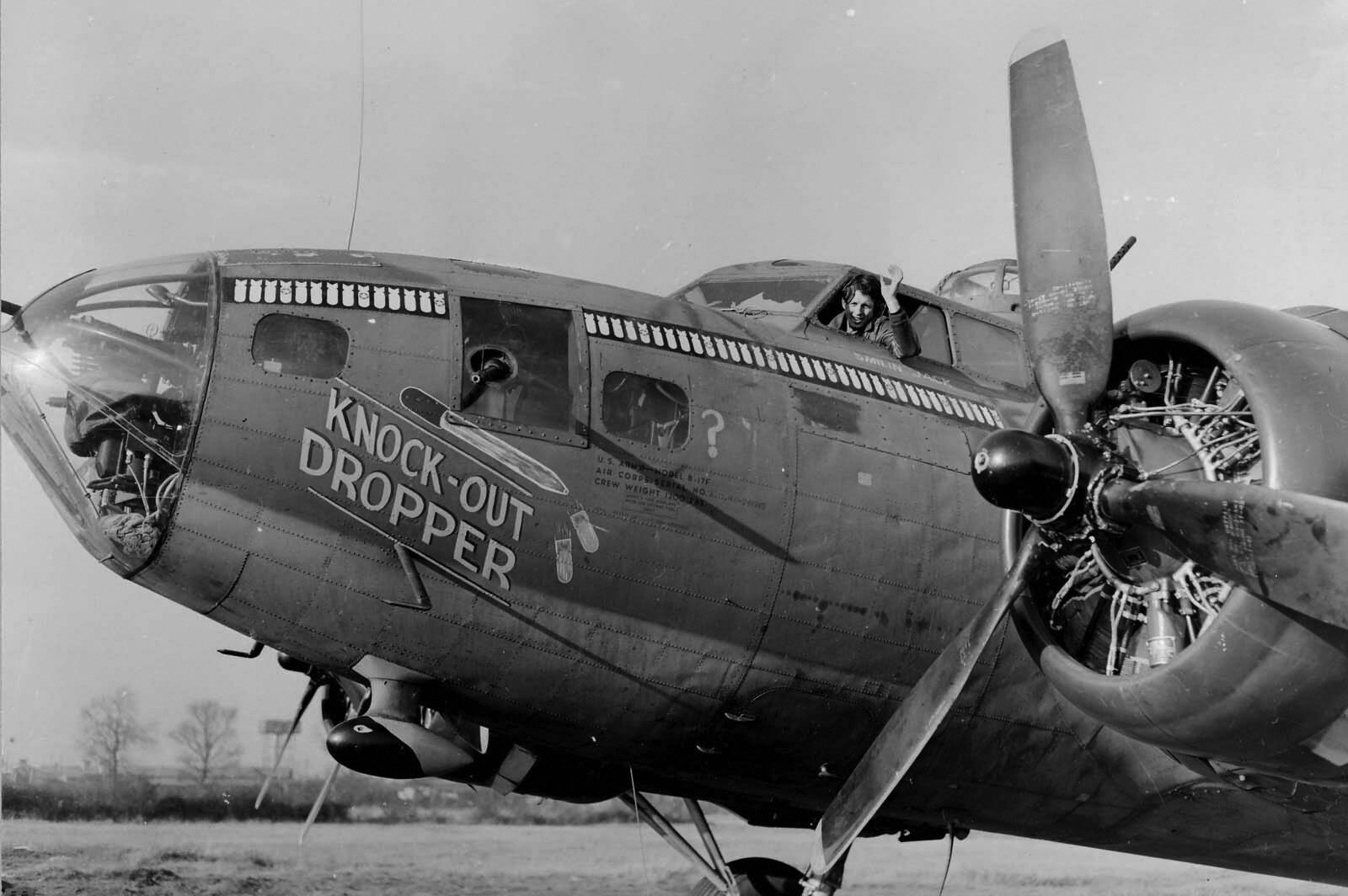
plane to eight .50-caliber machine guns and one .30-caliber machine gun. More guns would be added after American pilots came under fire. On December 7, 1941, a group of eight B-17Es en route to Hawaii arrived over Oahu during the middle of the surprise attack on Pearl Harbor. Low on fuel and with the armament removed for the transit, the crews were forced to dodge both Japanese Zero fighters and friendly fire to land wherever they could.
The Japanese tide in the Pacific seemed unstoppable. American planes sought desperately to blunt the advances. High-altitude bombing proved to be a waste of munitions. At more than 20,000 feet, ships maneuvering about the ocean make hits impossible. Older, less capable B-17Cs and B-17Ds were pressed into service due to a lack of aircraft, often with disastrous results. However, due to their size and armament, the Japanese came to revere both the B-17s and the men who flew them. The B-17s would range wide over the South Pacific from bases in Northern Australia and French New Caledonia, both to hit fixed Japanese bases and to act as long-range reconnaissance aircraft. A group of B-17s that took part in the Battle of Midway is given more credit than was really its due out of necessity that the carrier force be protected from enemy intelligence assets. B-17Es and the improved B-17F model with better propellers and single-piece nose cones served well into 1943 when they were largely phased out and replaced with Consolidated B-24 Liberator bombers, which possessed greater range and payload capacity.
It was not until August 1942 that the United States actually began to field its own combat units and squadrons in England as part of the embryonic U.S. Eighth Air Force. When they first began operations on August 17, 12 B-17Es were dispatched to attack the railroad yards near Rouen, France, with an additional six aircraft ordered to probe the coast at two different spots as decoys. The mission was successful, but it was yet to be seen if the B-17 and the 10-plus machine guns it carried were enough to make U.S. daylight bombing practical. On September 6, German fighters shot down two B-17s during a mission to hit an aircraft factory in northern France. Worse was to come.
With units and replacement aircraft siphoned off to support the North African campaign begun in November 1942, the U.S. Eighth Air Force found itself unable to carry the war into Germany until 1943, limited by a lack of planes and encumbered by the need to bomb U-boat bases in France. Beginning with the January 27 raid on Wilhelmshaven, Germany, the Eighth Air Force’s B-17s began to face stiffer and stiffer resistance. The missions into Germany were being made without fighter escort, because the Eighth Air Force’s Republic P-47 Thunderbolts and RAF Supermarine Spitfires simply lacked the range to do so. Flak was becoming an increasing nuisance, combated by flying at higher altitudes and in larger formations, but the fighters were a greater menace. Flying a B-17 out of England became a hazardous enterprise. A tour of duty consisted of 25 missions, a difficult quota when mission loss rates were sometimes higher than 10 percent.
The Memphis Belle was the most famous of those first B-17s, and its crew was one of the first to complete 25 missions. Assigned to the 91st Bomb Group, the Memphis Belle was the primary machine flown by Captain Robert Morgan and his crew. A Hollywood camera crew, led by future Ben Hur director William Wyler, captured multiple missions on color film to produce a 1944 feature documentary. Although Morgan’s crew had spent much of its tour flying on different aircraft and as parts of different crews, the mystique of the Memphis Belle, her 1943 war bond tour, and the public recognition she received from the film are likely what preserved her, even as other bombers that completed much longer tours of duty were consigned to the scrap heap.
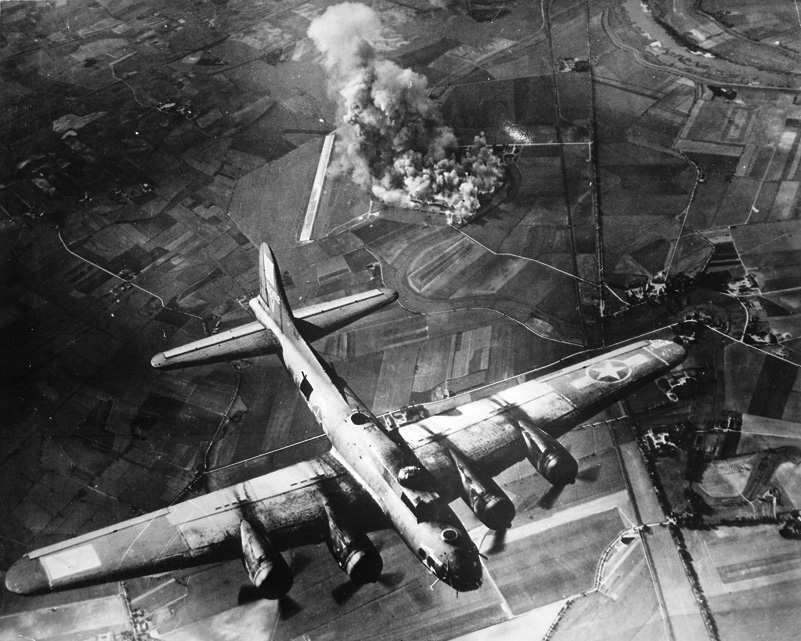
Even though the Germans were beginning to feel increased pressure, the Eighth Air Force loss rate began to steepen. The Schweinfurt and Regensburg raids on August 17 pit B-17s from two different divisions against a violent German reception committee. The 4th Bombardment Division struck the Regensburg Messerschmitt plant just before noon after flying over most of southern Germany through a swarm of angry fighters. As planned, the groups flew on to Africa to avoid the deadly interceptors waiting for their return trip. The 1st Bombardment Division was delayed for several hours by weather, hitting Schweinfurt at roughly 3 pm. They were exposed to the full fury of the German defenses as they flew back to England. No B-24s took part in the raid. Sixty B-17s were shot down or damaged beyond repair, a staggering loss of nearly 25 percent of the total attacking force. The introduction of the B-17G with a two-gun chin turret did nothing to lower the loss rate. Another 60 B-17s were lost on an attack by both units on Schweinfurt on October 14, with groups of B-17s fighting their way through and nailing the target regardless of the losses.
It was not until 1944, with the arrival of the North American P-51 Mustang, that fighter escort could be provided all the way to the target and back. This close escort, coupled with the dramatic losses the P-51s inflicted on the Luftwaffe, made it safer for bombers to cross Europe in daylight. Flak still downed bombers, and German fighters showed themselves from time to time to shoot down a few bombers. The Eighth Air Force flew its last mission on April 25, 1945, ending the combat career of the B-17 as a bomber.
Despite all that could be thrown at them, some B-17s and their crews often refused to die. It was from these battles that the B-17 was made the stuff of legend. A B-17F flying with the 384th Bomb Group received heavy damage on a mission to Antwerp in the summer of 1943. The cockpit and tail were shredded by cannon shells, killing the tail gunner. It took a month to ready this plane for another mission. Patches, as the plane was called, was peppered by flak over the target on July 30, only to get shot up by Fw-190s on the way back. More crew members were wounded, and Patches was forced out of formation. For more than 20 minutes, the machine and her crew battled it out with Fw-190s until, out of either ammunition or fuel, the bandits turned for home. When she landed in England, Patches’ ground crew is said to have counted more than 1,000 holes.
It was said that the B-17’s natural handling characteristics made for a pleasant aircraft to fly. Unlike the contemporary B-24, most B-17s were easy to fly on trim tab, where minute adjustment to the control system would allow the pilot to fly almost hands free. It also meant that the machine could still be flown in a controllable manner with multiple engines shot out and controls damaged. On February 9, 1943, a B-17 crew operating in the Solomon Islands got into a running gun battle with multiple Zeros. The plane, badly damaged, began to descend toward the ocean. Three engines were dead. The pilot was able to ditch safely and all 10 crew members survived.
It was not uncommon for a blessed B-17 to rack up impressive mission tallies. Among them was Knock-Out Dropper, a 303rd Bomb Group machine that survived 75 missions with the Eighth Air Force before returning home to the United States. At the end of the conflict, the record stood with the 91st Bomb Group’s Nine-O-Nine, with a staggering 140 missions to her credit. Still more impressive, that B-17 suffered no loss of crew members or an abort during that entire span.
Perhaps more than any other weapon, the B-17 will forever be remembered as helping destroy the military and industrial might of Nazi Germany. That achievement alone is one of which the United States can be proud.
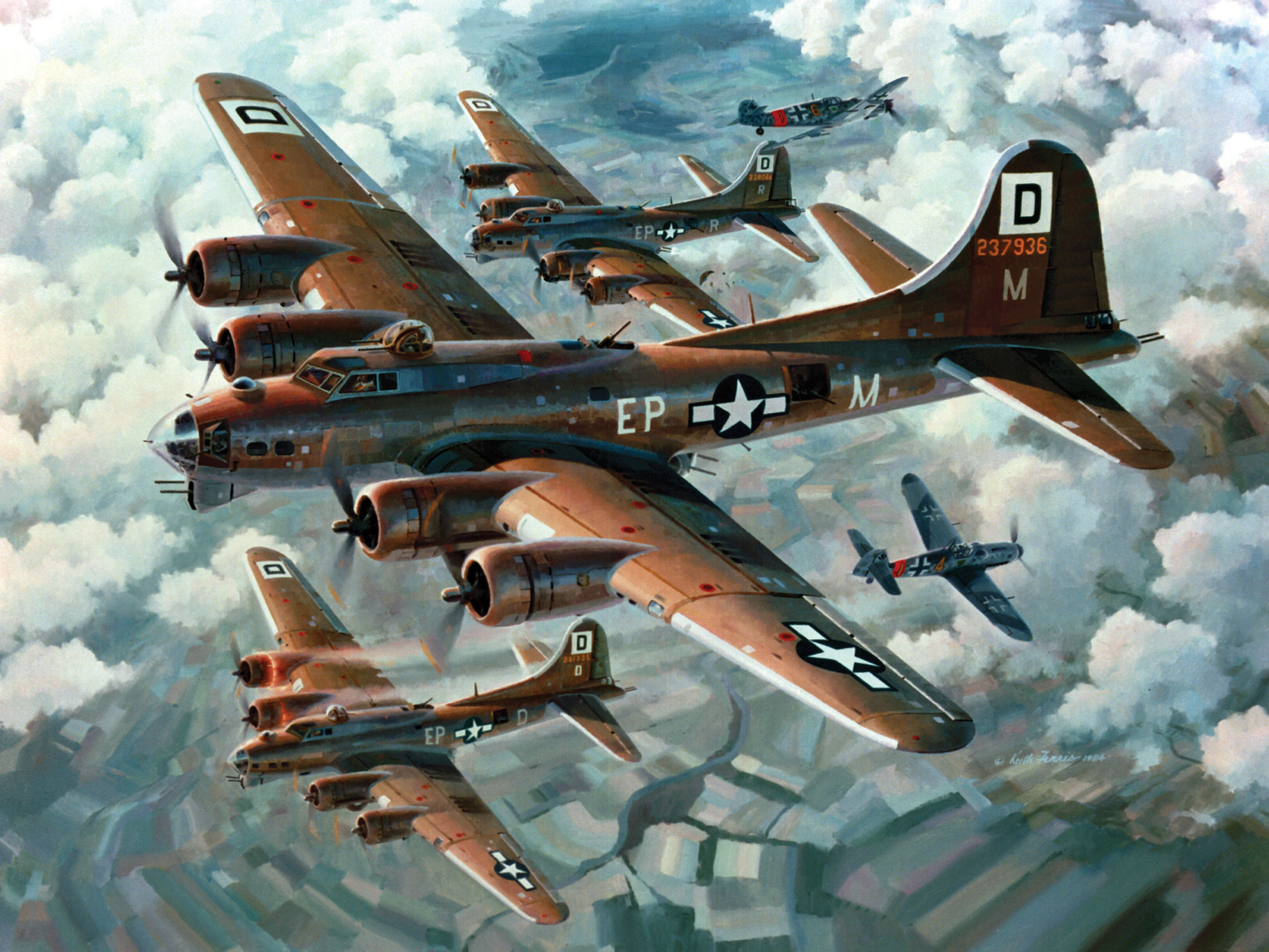
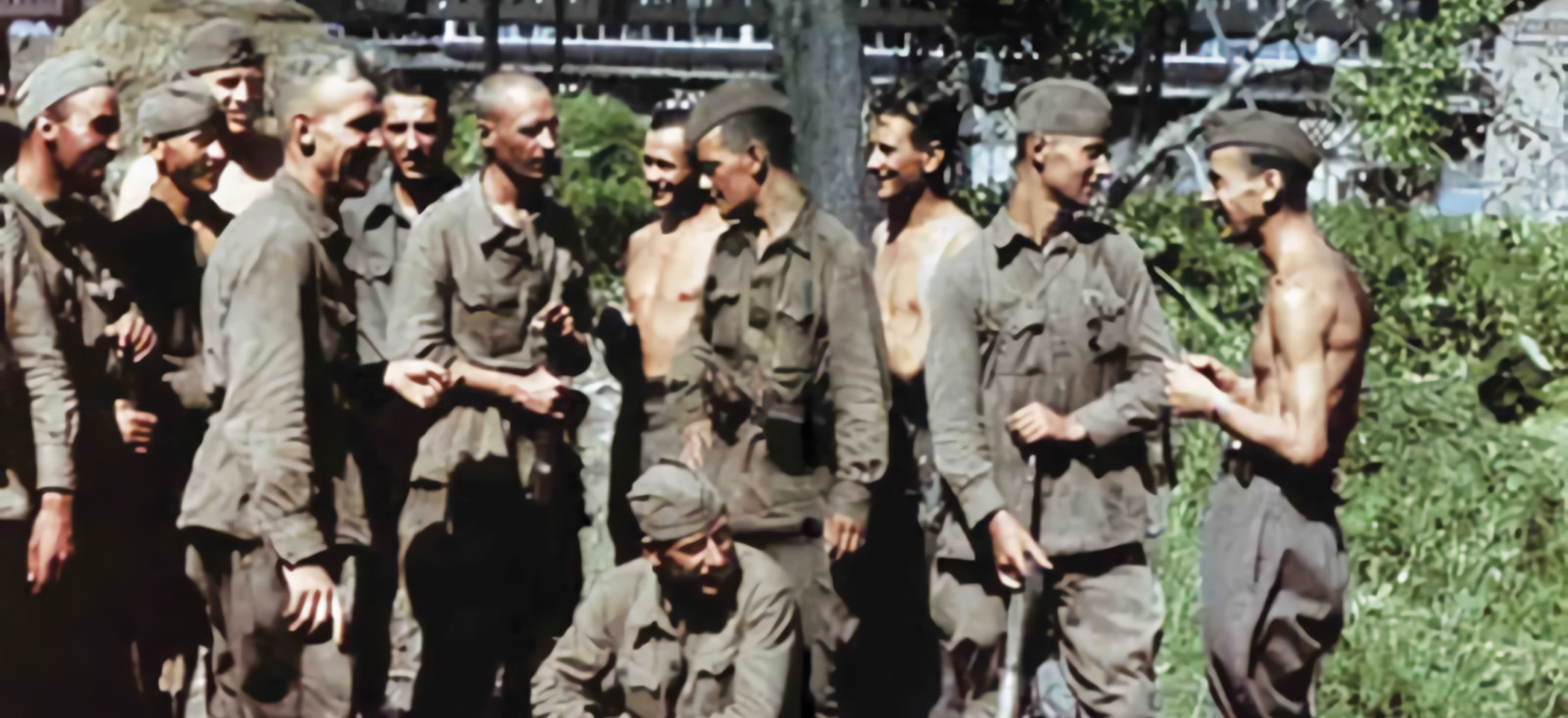
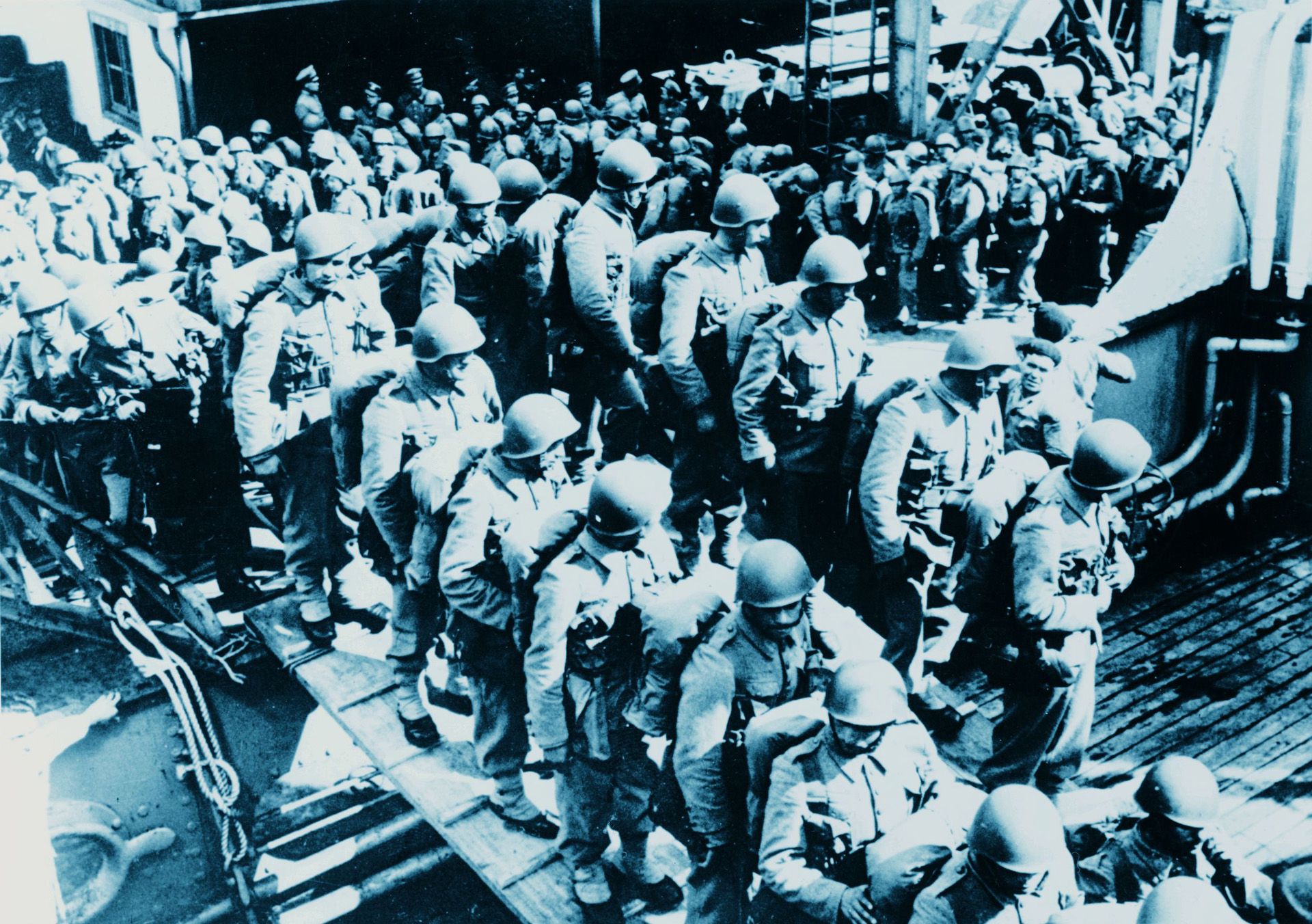
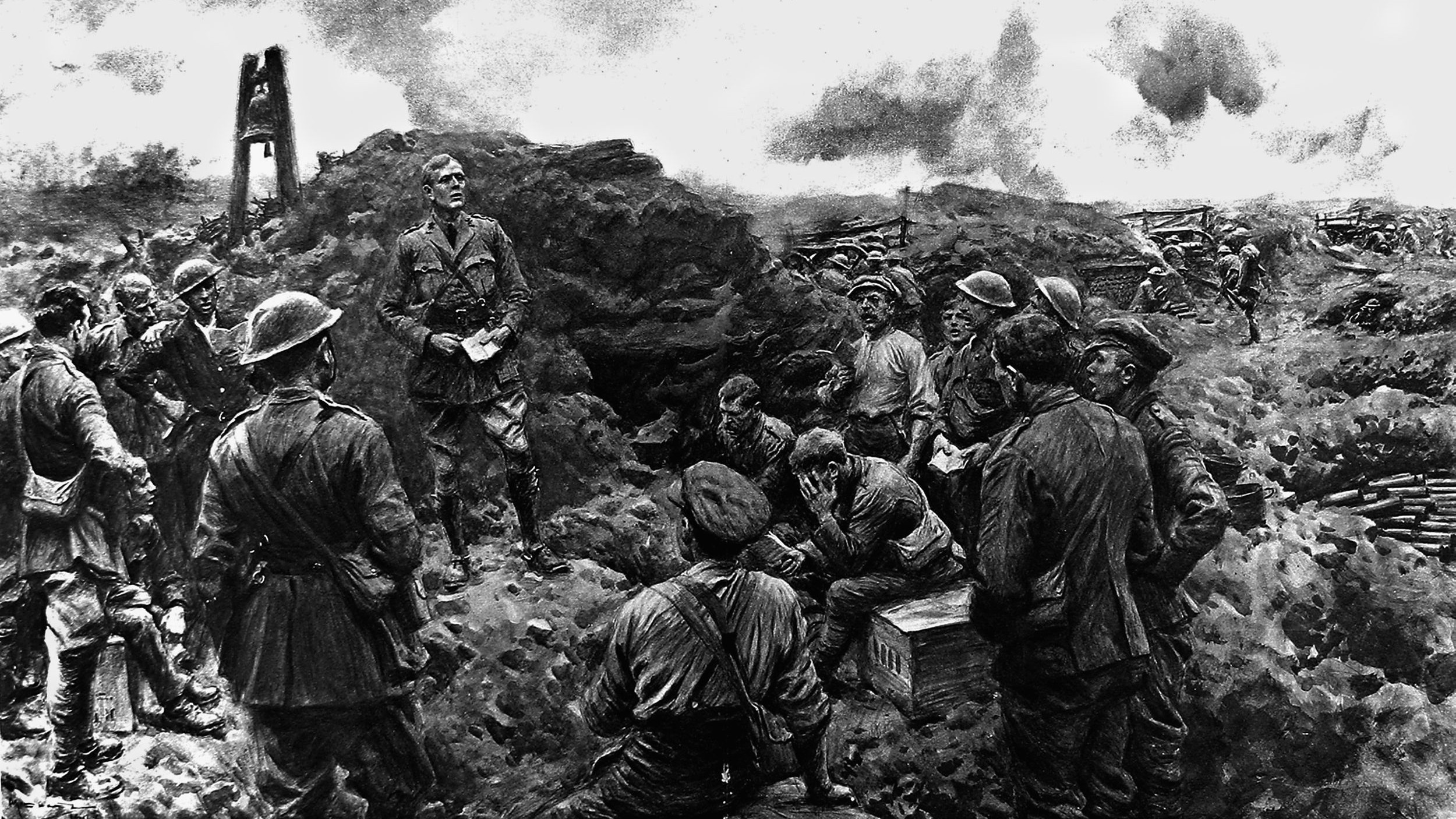
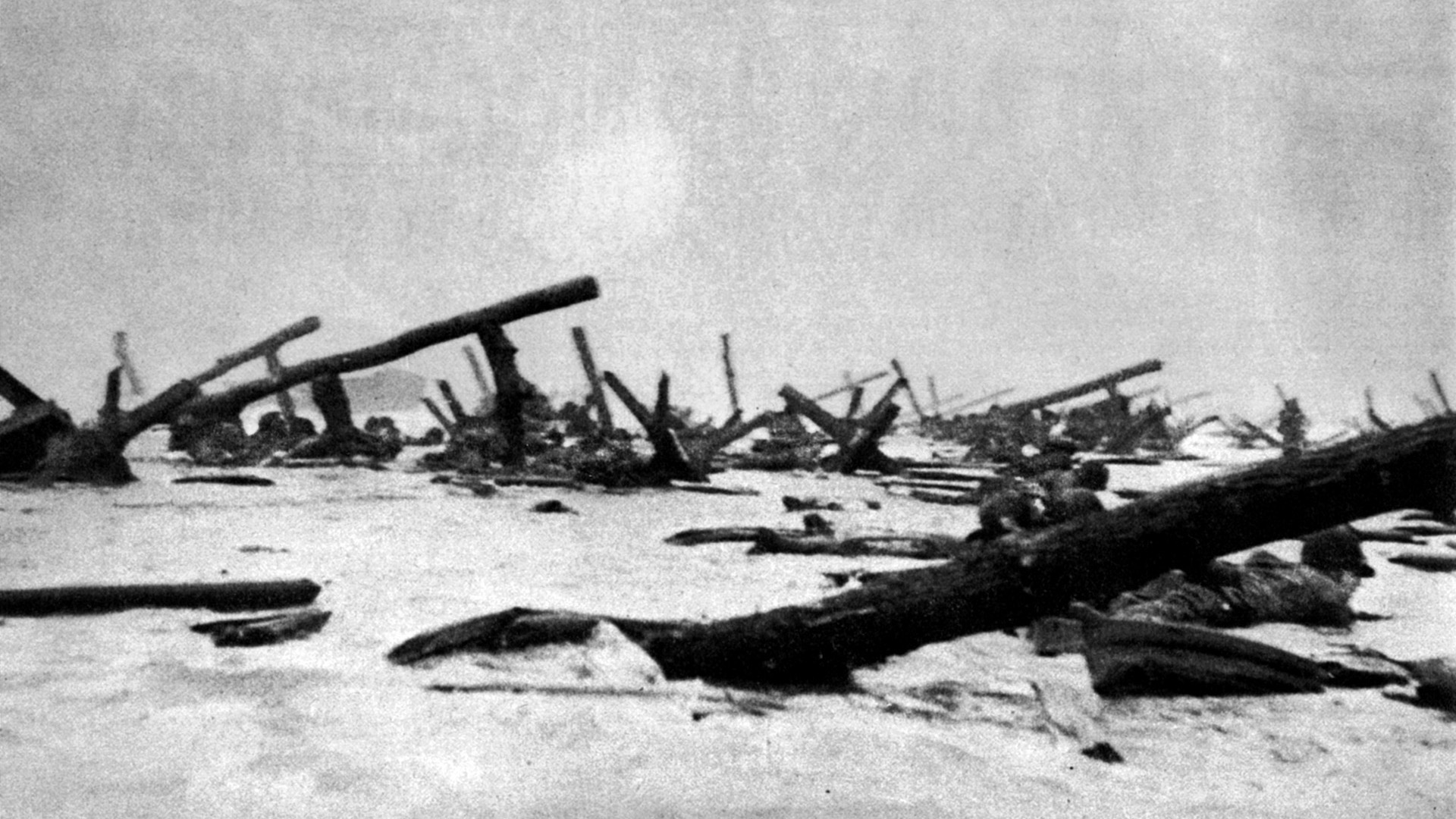
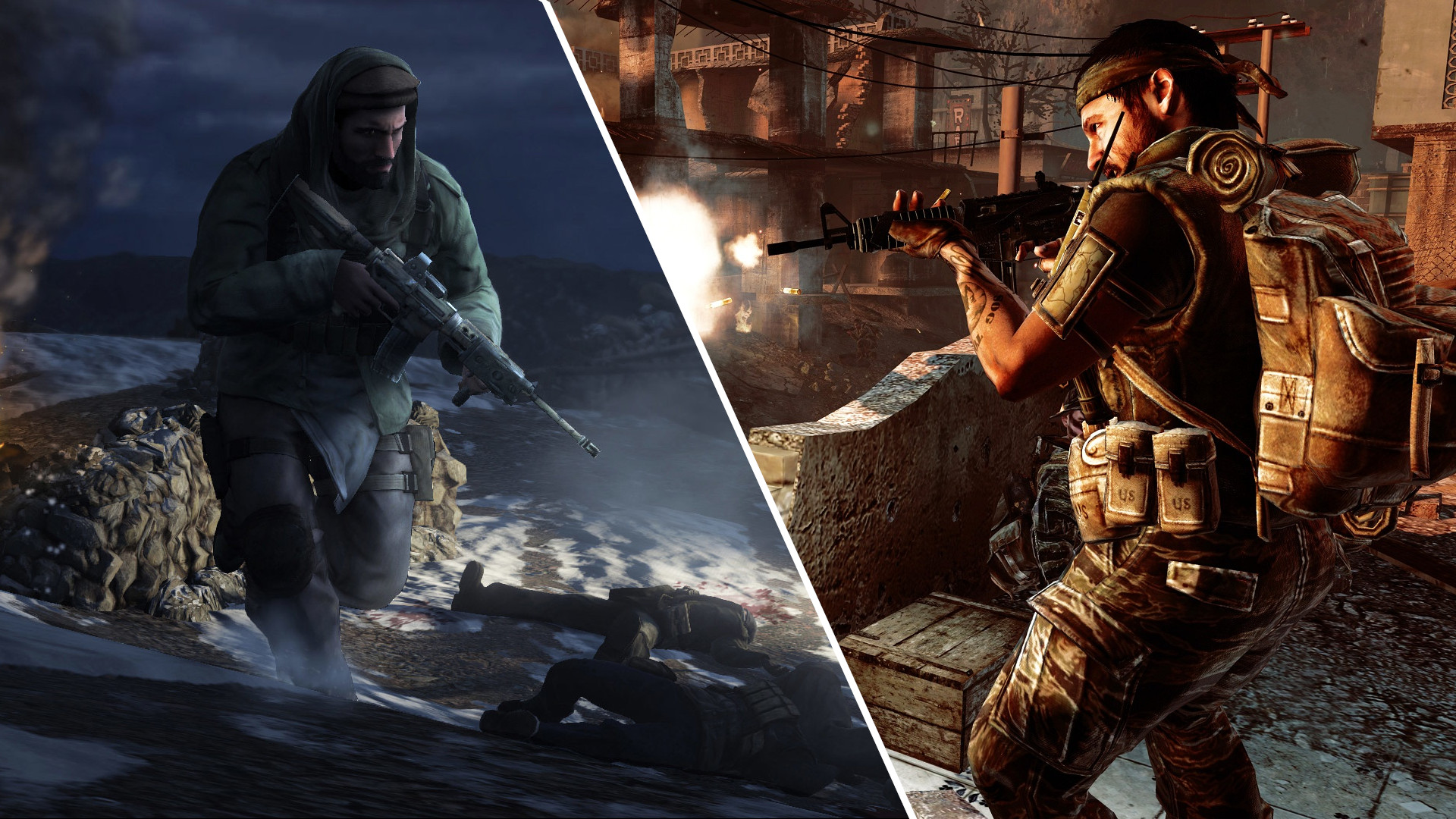
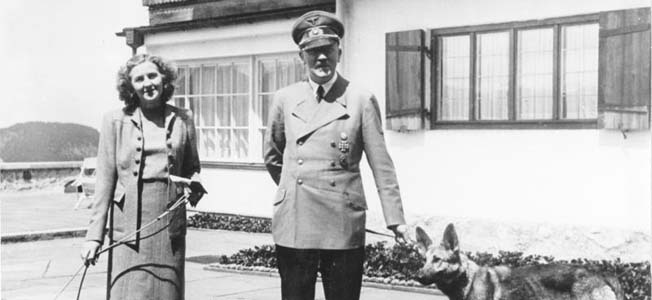
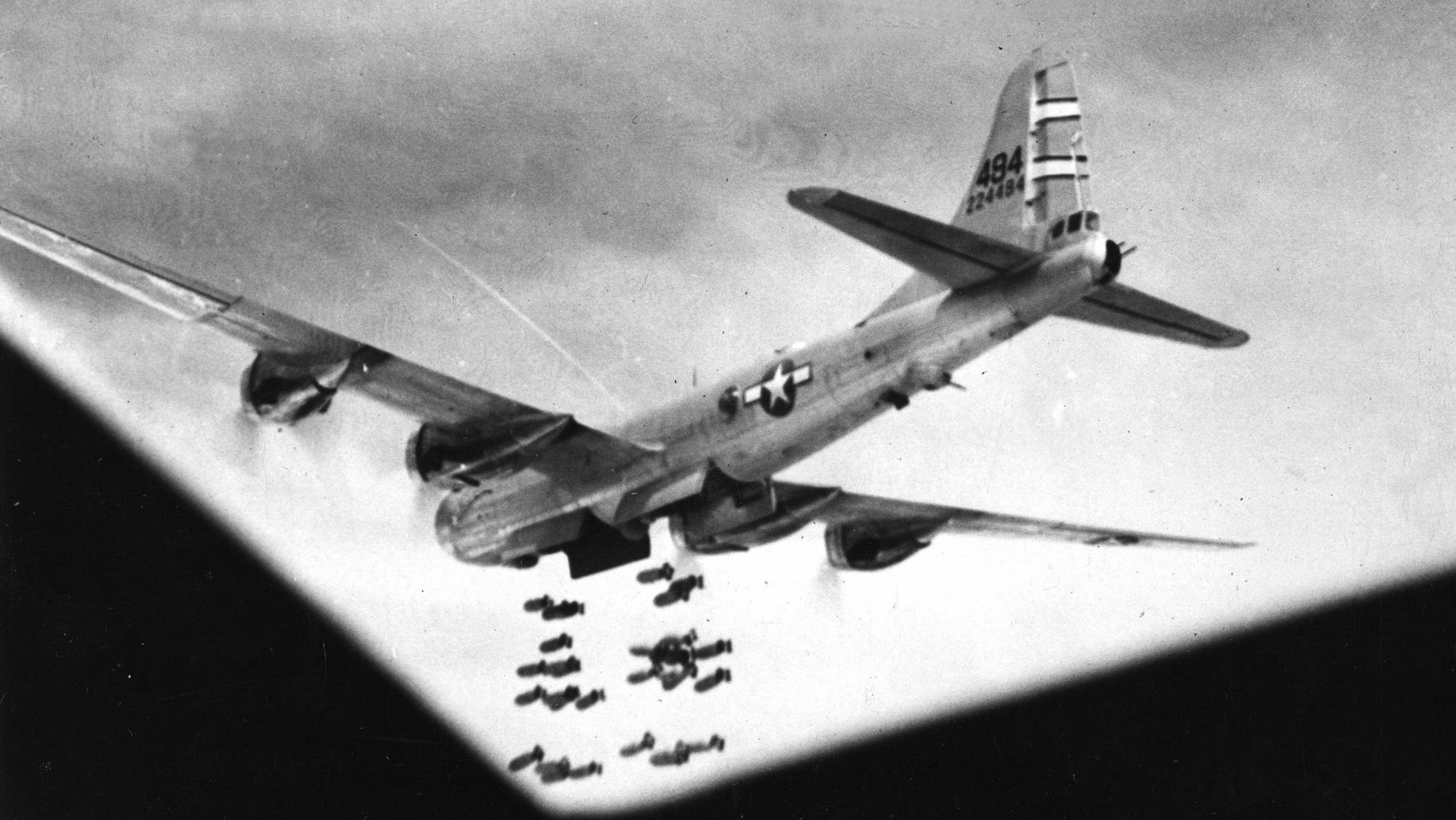
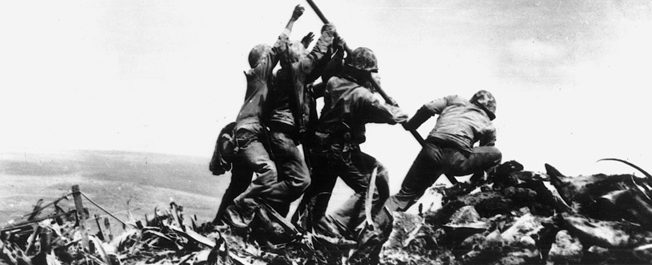
Join The Conversation
Comments
View All Comments